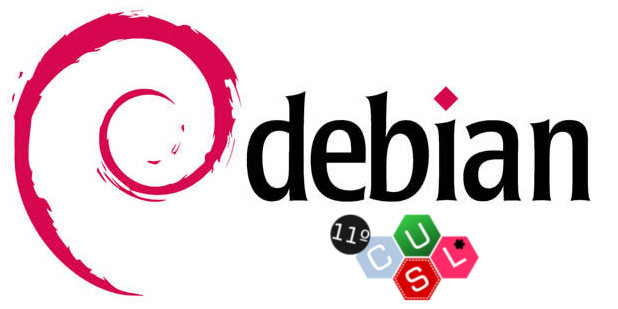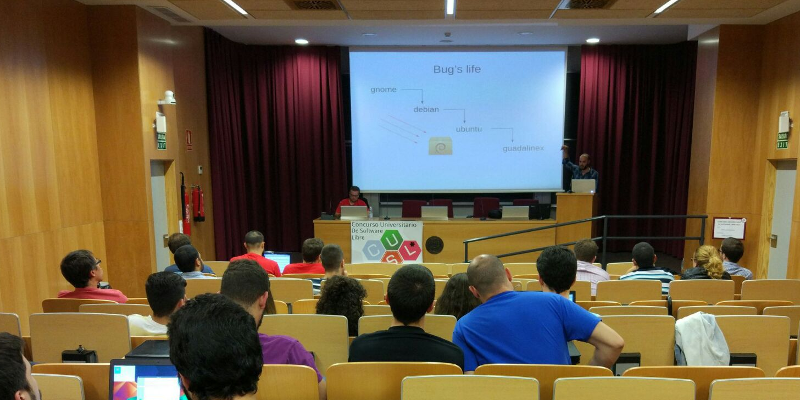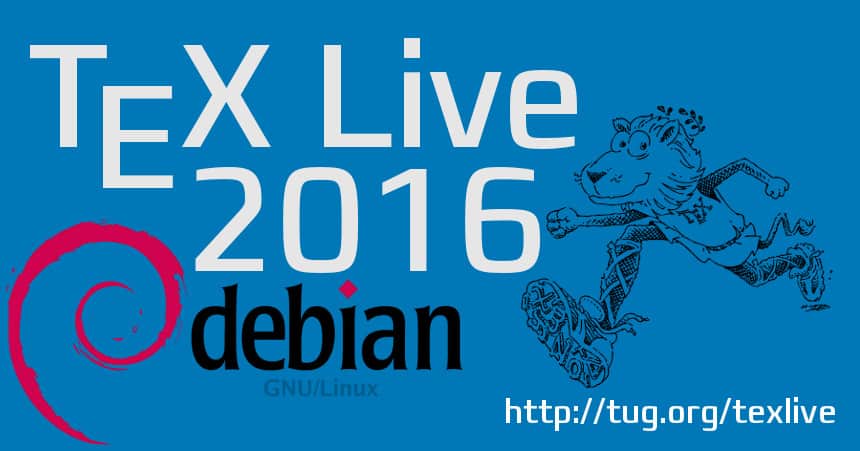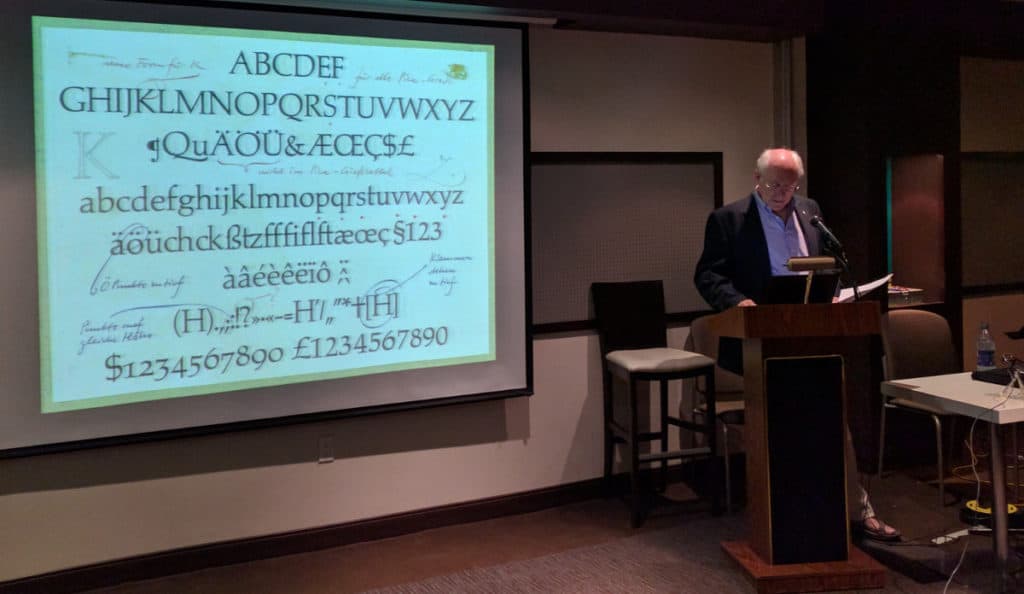So, lately I've been on a telephoto lens learning curve; after the
300mm prime, I said to test a zoom lens. As I found the prime
reasonably easy to adapt to (compared to shorter focal length lenses),
I thought that a zoom (heavier, bigger) will be the same.
Oh, I was wrong. My keeper rate for the first outdoors test was quite
bad around 50% only, which (when talking only about focus/sharpness)
is much below my standards.
I started easy; some close or medium range shots, nothing special:


But then, moving to further distances, things became less
straightforward. Shooting two pictures each time meant that usually
one of them was sharp, but the other not.
I got really confused at this step; the shutter speed was 1/2000s and
I also had VR on; either VR was unneeded (i.e. contributing blur
instead of helping) or something else was going on. After much head
scratching, I think it's a combination of the following factors:
- shooting at long range; for the pictures I'm talking about, the
subject was between 800m and 1.2km; at this range, haze and
atmospheric disturbances start to play a role.
- lens is heavy 2.3kg and adding the camera (1kg) it means that I was
hand-holding 3.3kg, which is much more than I'm used to; the focal length
of the lens, at that distance, means that any small movement
(rotation or shift) translates into significant subject movement,
especially when viewed at 1:1 magnification on a 36Mp body.
- there might still be some interplay between VR and shooting at this
shutter speed, although not sure.
So, for such style of shooting, I need to train more both photographic
technique and arm strength at the gym In the meantime, it is
possible to get such shots reasonably sharp, for example this picture
of the (start of the) Alps taken from what is technically still Z rich
city:

I'm happy with the detail (at this distance), however I was not able
to correct the colour due to the haze between me and the mountains;
note that the trees on the bottom of the distance were not near me,
but on the next or after-next hill. This picture confirms that with
more practice things will get better.
Coming back to shorter distances, and shorter focal lengths, things
are looking better. We were passing somewhat near some people playing
with RC-controlled planes not near enough to hear them, but near
enough to see the plane quickly flying. Switched camera quickly to
AF-C and Dynamic-21 focus, and - to my surprise - I was able to
capture four good pictures, two so-so and four more clearly out of
focus. But, for such a heavy length, hand-held and on the short
notice, I was happy; the first picture is one of the so-so ones, but I
kept it as I like the way the propeller is seen. All pictures at 290mm
plus some cropping, 1/1250s, ISO between 900 and 1800, f/5.6 (i.e wide open):





From this exercise, the conclusion is that the lens is OK-ish for
tracking, although the not-so good keeper rate tells me that I need to
be careful; I'll have to see how a subject moving not left-right, but
instead approaching or moving away from the camera would be tracked.
But enough pictures of small planes. At 500mm, but still somewhat
close, trees:

At this step I'm starting to wonder if stopping down a bit would help
with the sharpness; I'll have to test that in the future.
Walking some more, finally a bird in flight; one of the hopes when I
took the camera/lens out was that I'll see some birds, but this was
the first. 500mm, heavily cropped, but quite good result for myself
(same autofocus settings as before):


The only problem here is, as always with crows (I think these are
crows), is the black bird against the light-blue sky (not even strong
blue), which means the picture has a high dynamic range; recovering
the shadows on the bird is difficult. But in any case, it's clear the
lens can deliver, if the photographer is good.
Next, a helicopter was gracious enough to pass by (pretty close):

Two minutes later, it was quite far, but since it was going in the
direction of the Alps, it gave the opportunity for a nice shot:

This picture is less sharp, but still I like it due to composition;
not successful on small screens though, only if you see it full
screen. Light is very difficult though and about 10 seconds earlier
would have been even better (more separation between the helicopter
and the mountain).
And since we're talking about planes, let's see a plane at 500m,
directly overhead, and quite high:

This picture (@500mm, cropped, 1/2000s) has the most detail of a plane
flying high enough to have trails (not sure how to estimate, but at
least 5km, maybe more around 7-8 I'd say) that I ever took. So yes,
the lens can deliver, but it's not easy. This shot, being shot more or
less straight up, had the least distance through low-altitude
atmosphere, so it has less problems compared to the mountains
pictures. It's still not really sharp (lens wide open), but the amount
of detail I'm sold

And to finish on a more close note:

A long focal length lens allows one to get "close" without getting
close, which means animals are not disturbed. The first picture with
the cat (not shown) had the cat less alert; ears not fully up,
although eyes were still seeking; this picture shows it fully alert
and concentrated, like it was a wild cat hunting for its survival, and
not a city cat, out just for fun.
So, summary:
- lens is nice (optically), although fully open (f/5.6) and hand-held
and at long distance it doesn't yet give me full satisfaction; I
will need to improve my technique and learn how to properly handle
it.
- in combination with a high-megapixel body (D810), it allows fun
although pointless feats; pointless doesn't stop hobbies, though
- I need to go to the gym; not "more often", just start going!
All the best to everybody for the coming holidays, and thanks for reading.
 TL;DR; please help localizing Mailman3 [1]. You can find it on hosted Weblate [2].The next component releases are planned in 1-2 weeks from now. Thanks for your contribution! If you can't make it now, please consider working on Mailman3 translations at some later point of time. Thanks!
Time has come for Mailman3
Over the last months I have found an interest in Mailman3. Given the EOL of Python2 in January 2020 and also being a heavy Mailman2 provider for various of my projects and also for customers, I felt it was time to look at Mailman2's successor: Mailman3 [1].
One great novelty in Mailman3 is the strict split up between backend (Mailman Core), and the frontend components (django-mailman3, Postorius, Hyperkitty). All three are Django applications. Postorius is the list management web frontend whereas Hyperkitty is an archive viewer. Other than in Mailman2, you can also drop list posts into Hyperkitty directly (instead of sending a mail to the list). This makes Hyperkitty also some sort of forum software with a mailing list core in the back. The django-mailman3 module knits the previous two together (and handles account management, login dialog, profile settings, etc.).
Looking into Mailman3 Upstream Code
Some time back in midst 2019 I decided to deploy Mailman3 at a customer's site and also for my own business (which still is the test installation). Living and working in Germany, my customers' demand often is a fully localized WebUI. And at that time, Mailman3 could not provide this. Many exposed parts of the Mailman3 components were still not localized (or not localizable).
Together with my employee I put some hours of effort into providing merge requests, filing bug reports, request better Weblate integration (meaning: hosted Weblate), improving the membership scripting support, etc. It felt a bit like setting the whole i18n thing in motion.
Call for Translations
Over the past months I had to focus on other work and two days ago I was delighted that Abhilash Raj (one of the Mailman3 upstream maintainers) informed me (via closing one of the related bugs [3]) that Mailman3 is now fully integrated with the hosted Weblate service and a continous translation workflow is set to go.
The current translation stati of the Mailman3 components are at ~ 10%. We can do better than this, I sense.
So, if you are a non-native English speaker and feel like contributing to Mailman3, please visit the hosted Weblate site [2], sign up for an account (if you don't have one already), and chime in into the translation of one of the future mailing list software suites run by many FLOSS projects all around the globe. Thanks a lot for your help.
As a side note, if you plan working on translating Mailman Core into your language (and can't find it in the list of supported languages), please request this new language via the Weblate UI. All other components have all available languages enabled by default.
References:
TL;DR; please help localizing Mailman3 [1]. You can find it on hosted Weblate [2].The next component releases are planned in 1-2 weeks from now. Thanks for your contribution! If you can't make it now, please consider working on Mailman3 translations at some later point of time. Thanks!
Time has come for Mailman3
Over the last months I have found an interest in Mailman3. Given the EOL of Python2 in January 2020 and also being a heavy Mailman2 provider for various of my projects and also for customers, I felt it was time to look at Mailman2's successor: Mailman3 [1].
One great novelty in Mailman3 is the strict split up between backend (Mailman Core), and the frontend components (django-mailman3, Postorius, Hyperkitty). All three are Django applications. Postorius is the list management web frontend whereas Hyperkitty is an archive viewer. Other than in Mailman2, you can also drop list posts into Hyperkitty directly (instead of sending a mail to the list). This makes Hyperkitty also some sort of forum software with a mailing list core in the back. The django-mailman3 module knits the previous two together (and handles account management, login dialog, profile settings, etc.).
Looking into Mailman3 Upstream Code
Some time back in midst 2019 I decided to deploy Mailman3 at a customer's site and also for my own business (which still is the test installation). Living and working in Germany, my customers' demand often is a fully localized WebUI. And at that time, Mailman3 could not provide this. Many exposed parts of the Mailman3 components were still not localized (or not localizable).
Together with my employee I put some hours of effort into providing merge requests, filing bug reports, request better Weblate integration (meaning: hosted Weblate), improving the membership scripting support, etc. It felt a bit like setting the whole i18n thing in motion.
Call for Translations
Over the past months I had to focus on other work and two days ago I was delighted that Abhilash Raj (one of the Mailman3 upstream maintainers) informed me (via closing one of the related bugs [3]) that Mailman3 is now fully integrated with the hosted Weblate service and a continous translation workflow is set to go.
The current translation stati of the Mailman3 components are at ~ 10%. We can do better than this, I sense.
So, if you are a non-native English speaker and feel like contributing to Mailman3, please visit the hosted Weblate site [2], sign up for an account (if you don't have one already), and chime in into the translation of one of the future mailing list software suites run by many FLOSS projects all around the globe. Thanks a lot for your help.
As a side note, if you plan working on translating Mailman Core into your language (and can't find it in the list of supported languages), please request this new language via the Weblate UI. All other components have all available languages enabled by default.
References:
![A dark terminal window showing the prompt '[SIGPIPE]anarcat@angela:~(master)$' in the Liberation Mono font](https://anarc.at/tag/debian-planet/snap-2020.03.10-19.36.04-liberation.png) Liberation Mono
Liberation Mono
![A dark terminal window showing the prompt '[SIGPIPE]anarcat@angela:~(master)$' in the Fira mono font](https://anarc.at/tag/debian-planet/snap-2020.03.10-19.35.25-fira-mono.png) Fira Mono
Fira Mono


 The new
The new  Debian has many years of history, about 25 years already.
With such a long travel over the continous field of developing our Universal
Operating System, some myths, false accusations and bad reputation has arisen.
Today I had the opportunity to discuss this topic, I was invited to give a
Debian talk in the
Debian has many years of history, about 25 years already.
With such a long travel over the continous field of developing our Universal
Operating System, some myths, false accusations and bad reputation has arisen.
Today I had the opportunity to discuss this topic, I was invited to give a
Debian talk in the  myth #1: Debian is old software
Please, use testing or stable-backports. If you use Debian stable your system
will in fact be stable and that means: updates contain no new software but
only fixes.
myth #2: Debian is slow
We compile and build most of our packages with industry-standard compilers and
options. I don t see a significant difference on how fast linux kernel or
mysql run in a CentOS or in Debian.
myth #3: Debian is difficult
I already discussed about this issue back in
myth #1: Debian is old software
Please, use testing or stable-backports. If you use Debian stable your system
will in fact be stable and that means: updates contain no new software but
only fixes.
myth #2: Debian is slow
We compile and build most of our packages with industry-standard compilers and
options. I don t see a significant difference on how fast linux kernel or
mysql run in a CentOS or in Debian.
myth #3: Debian is difficult
I already discussed about this issue back in
 As the freeze of the next release is closing in, I have updated a bunch of packages around TeX: All of the
As the freeze of the next release is closing in, I have updated a bunch of packages around TeX: All of the  The changes in the binaries are mostly cosmetic: one removal of a non-free (unclear-free) file, and several upstream patches got cherrypicked (dvips, tltexjp contact email, upmendex, dvipdfmx). I played around with including LuaTeX v1.0, but that breaks horribly with the current packages in TeX Live, so I refrained from it. The infrastructure package tex-common got a bugfix for updates from previous releases, and for the other packages there is the usual bunch of updates and new packages. Enjoy!
New packages
The changes in the binaries are mostly cosmetic: one removal of a non-free (unclear-free) file, and several upstream patches got cherrypicked (dvips, tltexjp contact email, upmendex, dvipdfmx). I played around with including LuaTeX v1.0, but that breaks horribly with the current packages in TeX Live, so I refrained from it. The infrastructure package tex-common got a bugfix for updates from previous releases, and for the other packages there is the usual bunch of updates and new packages. Enjoy!
New packages
 Back in 2010, inspired by
Back in 2010, inspired by  This would be a longish post. I had bought a Samsung Galaxy J-5/500 just a few days before Debconf16 which I had written about a bit
This would be a longish post. I had bought a Samsung Galaxy J-5/500 just a few days before Debconf16 which I had written about a bit  As I was in a moving vehicle, it isn t easy to know if the imagery is at fault or was it app. , sensor of my mobile ?
Did see
As I was in a moving vehicle, it isn t easy to know if the imagery is at fault or was it app. , sensor of my mobile ?
Did see  The part about it being ugly, I dunno but have seen most java apps are a bit ugly. It is a bit generalist I know but that has been my experience with whatever little java apps. I have used.
I don t know what the reasons for that are, maybe because java is known/rumoured to use lot of memory which seems true in my case as well OR it doesn t have toolkits like gtk3+ or qt quick, although have to say that the looks have improved from before when I used it last some years ago
The part about it being ugly, I dunno but have seen most java apps are a bit ugly. It is a bit generalist I know but that has been my experience with whatever little java apps. I have used.
I don t know what the reasons for that are, maybe because java is known/rumoured to use lot of memory which seems true in my case as well OR it doesn t have toolkits like gtk3+ or qt quick, although have to say that the looks have improved from before when I used it last some years ago


 What happened in the
What happened in the 













 And to finish on a more close note:
And to finish on a more close note:

 For the past fifteen years, I have been
For the past fifteen years, I have been